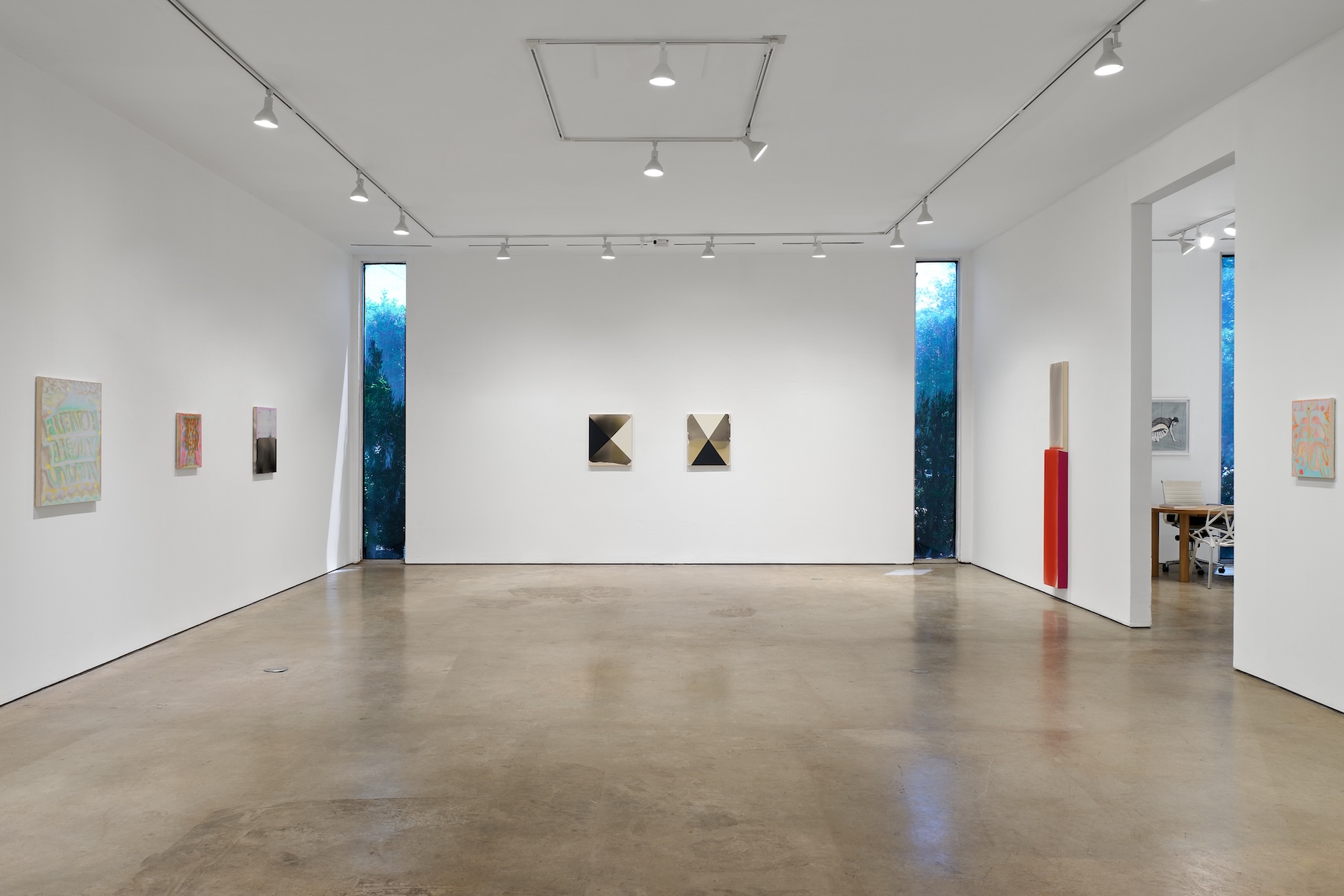

Fri, May 9, 2025 → Sat, Jun 28, 2025
Jonathan Faber and Marcelyn McNeil
Ambiguous Matter examines the enduring presence of light in the tradition of painting—not only as a tool of representation but as a subject in itself. Drawing from the legacy of artists who have used light to evoke emotion, define space, and suggest divinity or truth, the exhibition reconsiders how light continues to shape perception in contemporary practice.
At once physical and psychological, light influences how we see and what we believe we see. It blurs the line between presence and illusion, inviting us to question the reliability of vision. What appears real may not be. Through the lens of painting, Jonathan Faber and Marcelyn McNeil embody how perception can be fractured, how appearances can mislead, and how the visible world is often a construct of the unseen forces—emotional, cultural, or neurological—that guide how and what we see.
In their works, painting becomes more than a surface; it becomes an inquiry into the tension between image and reality, lightness and darkness, clarity and ambiguity. Ambiguous Matter asks us not just to look—but to look again.
Jonathan Faber’s paintings trace the meeting points between the seen and the felt, the everyday and the extraordinary. Each piece signals toward something—an object, a thought, a place, a moment—sometimes clear, sometimes ambiguous. They hold space for both the familiar and the unknown, the domestic and the distant. Created during a summer residency at the Cité Internationale des Arts in Paris, this body of work reflects the quiet accumulation of sensory experience. Less a record than a reverberation.
Marcelyn McNeil’s painting process is deliberate, yet open to chance; complex, yet elegant and fluid. Contrasting methods of layering paint produce vibrant, illusional color fields framed by minimalist forms. Multiple layers of thinned oil pigments, poured onto raw canvas one after another, emerge as delicate, luminous compositions. Semi-transparent, overlapping bleeds, blips, and plumes coalesce as abstractions that often reference elements of the natural landscape. Geometric forms of concentrated, solid tones positioned on the surface and edges seemingly contradict the open space within. This reorientation of equilibrium creates a subtle tension that encourages deeper engagement.